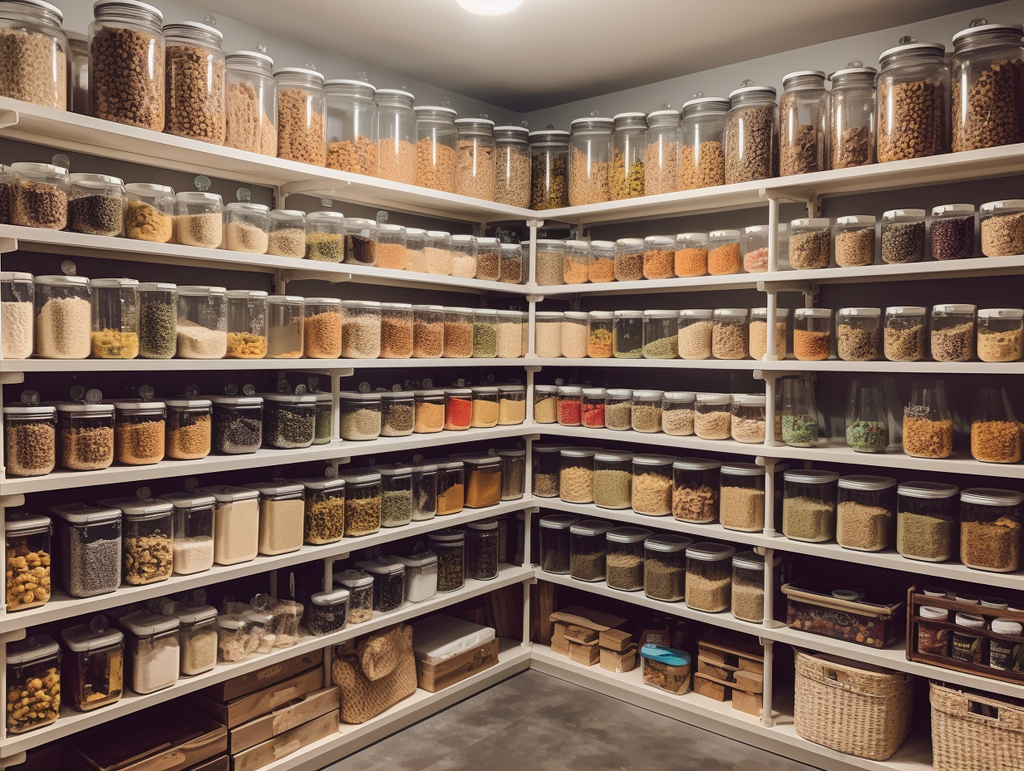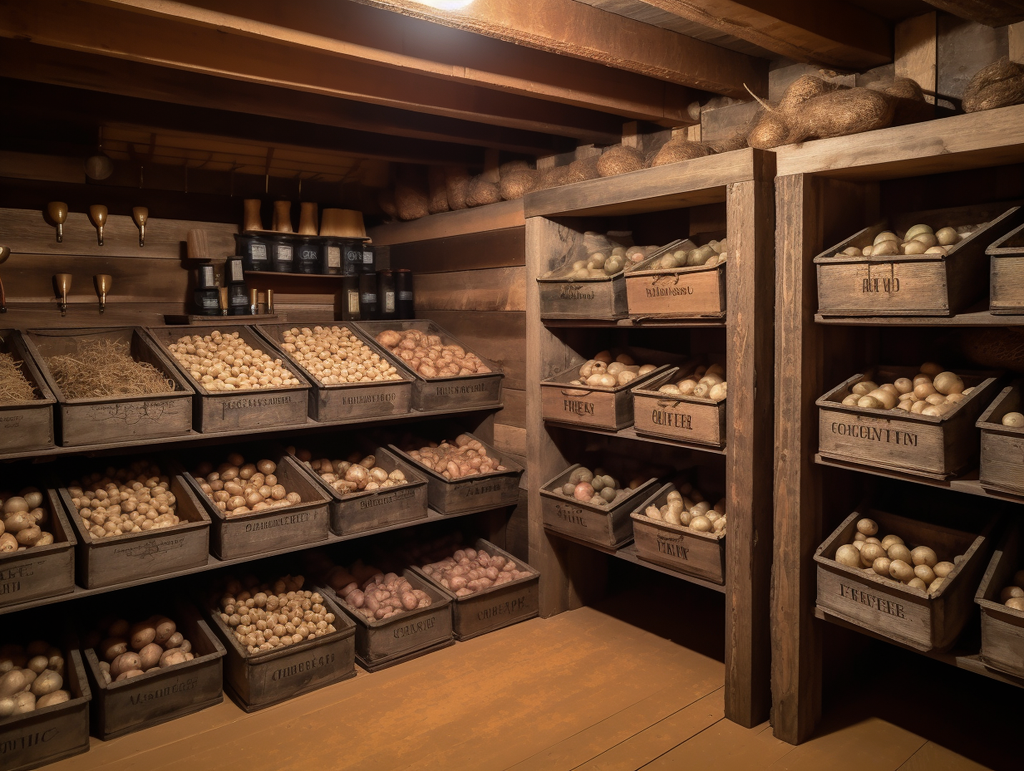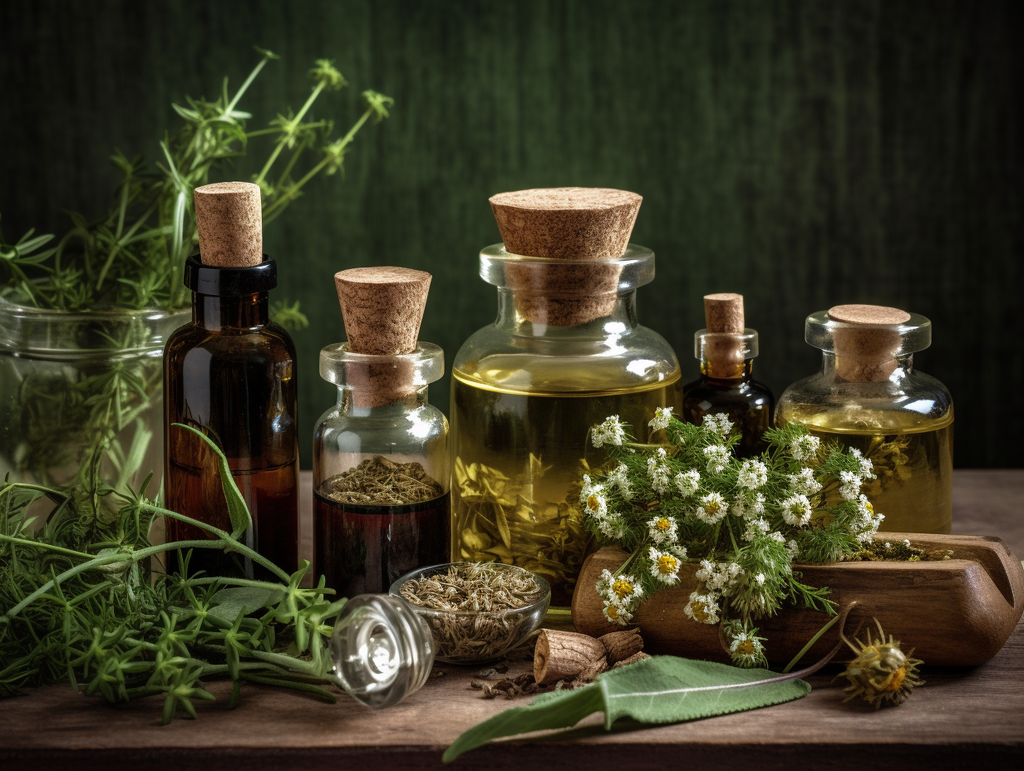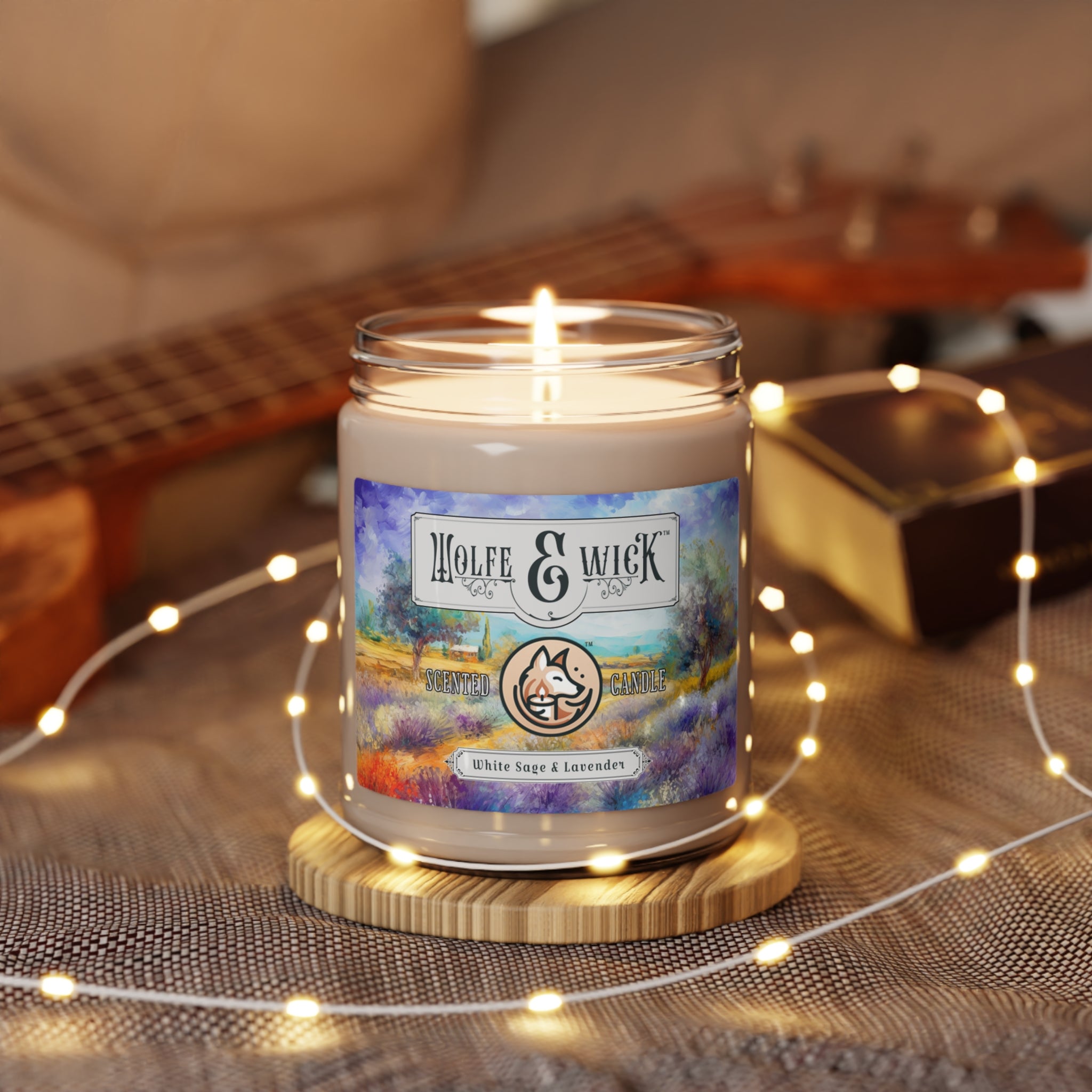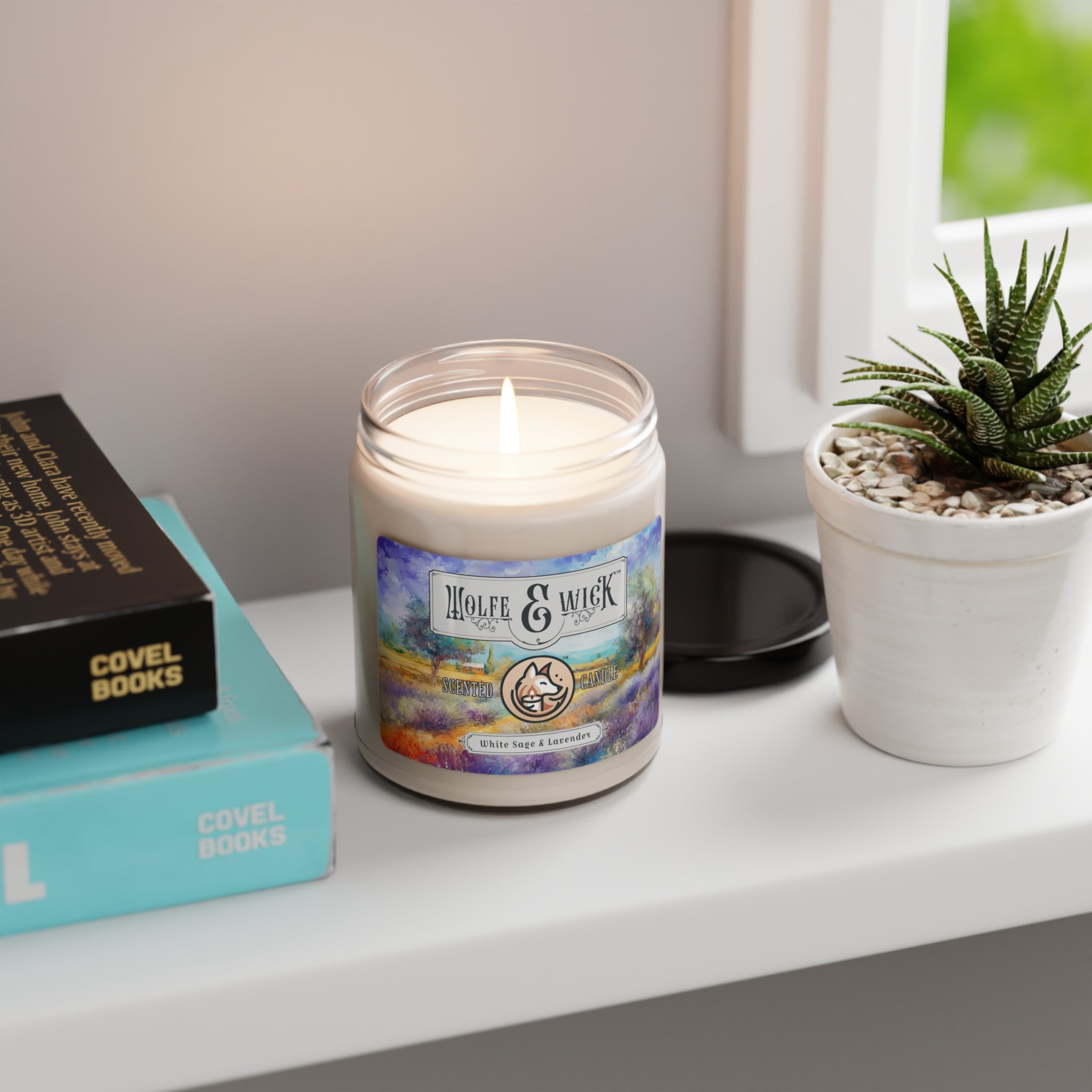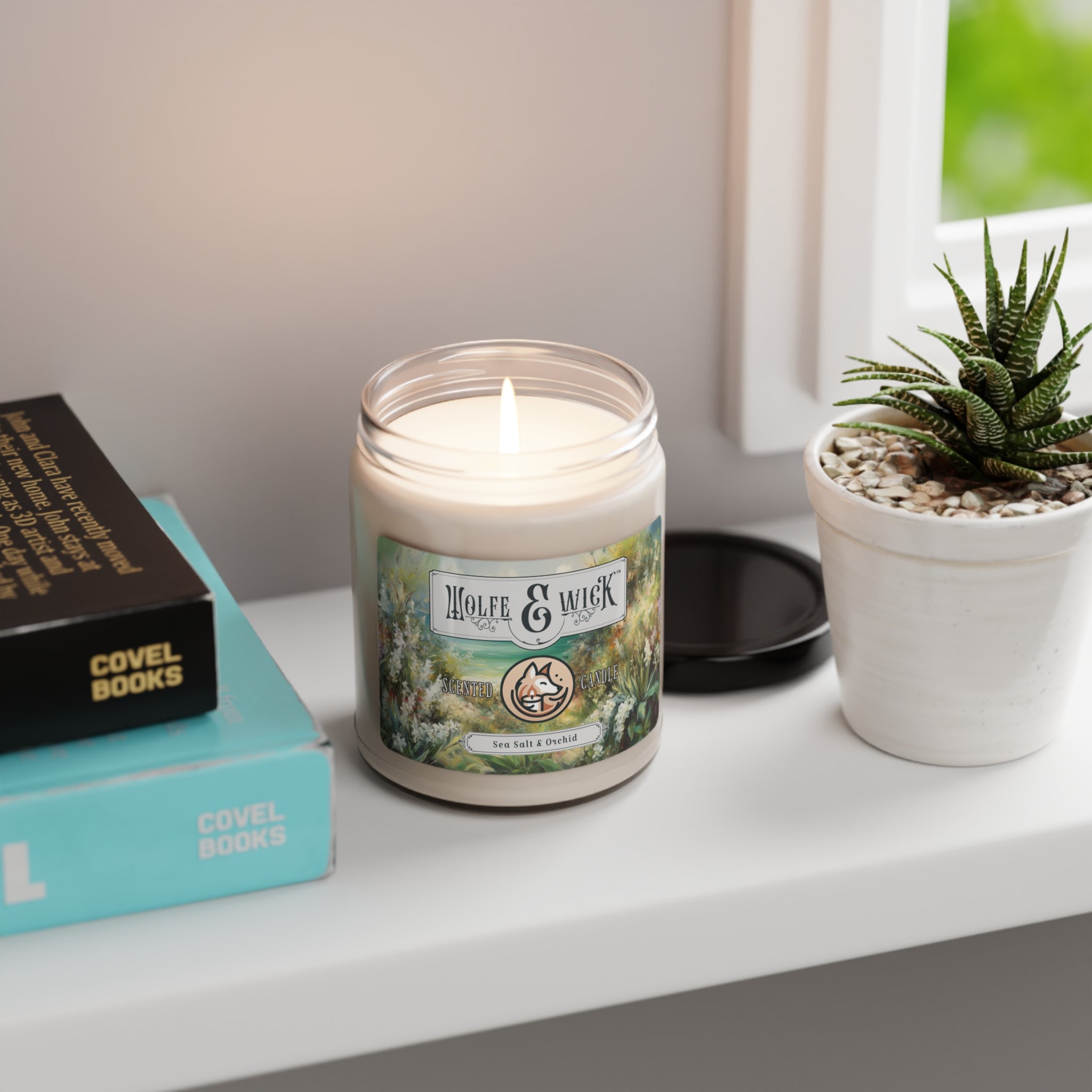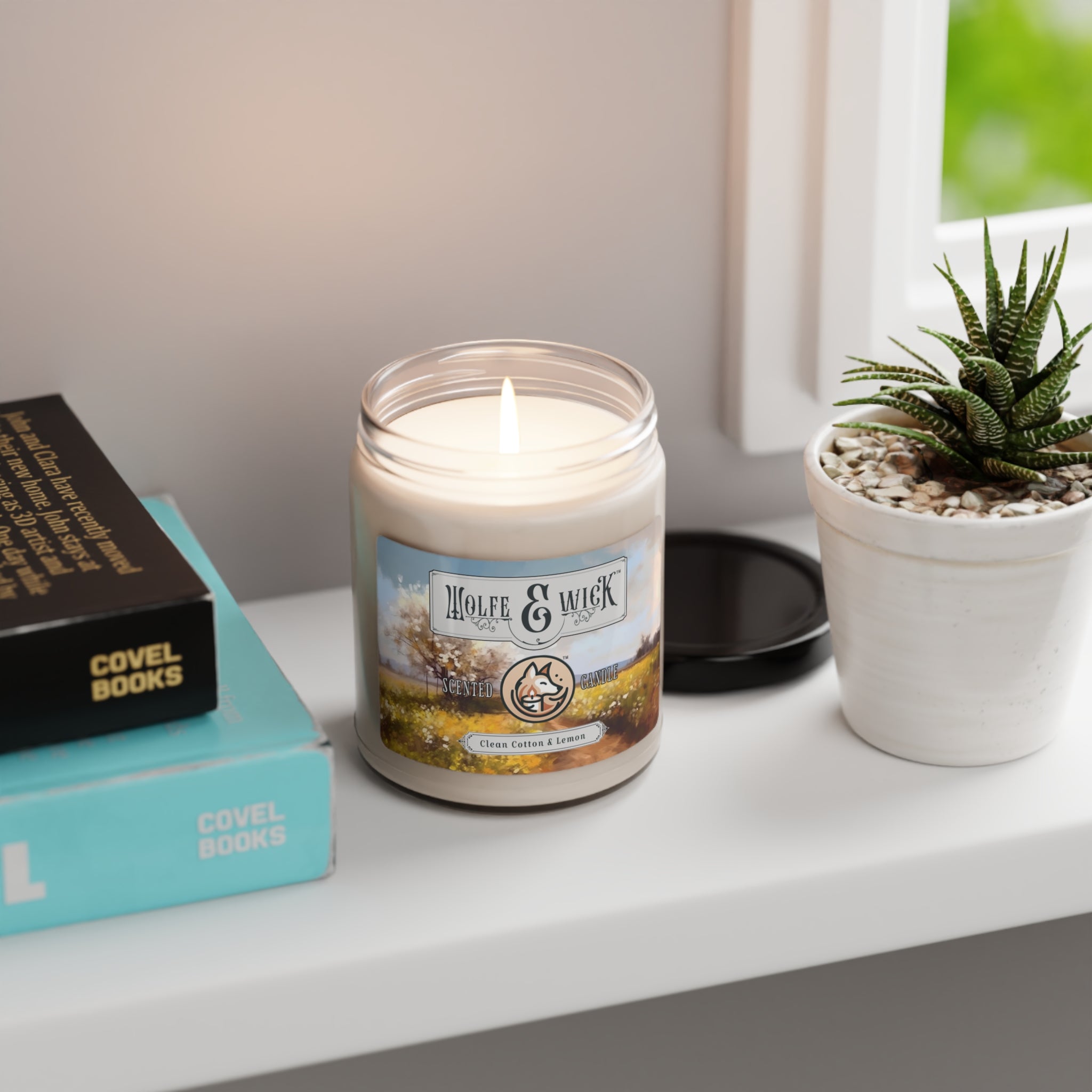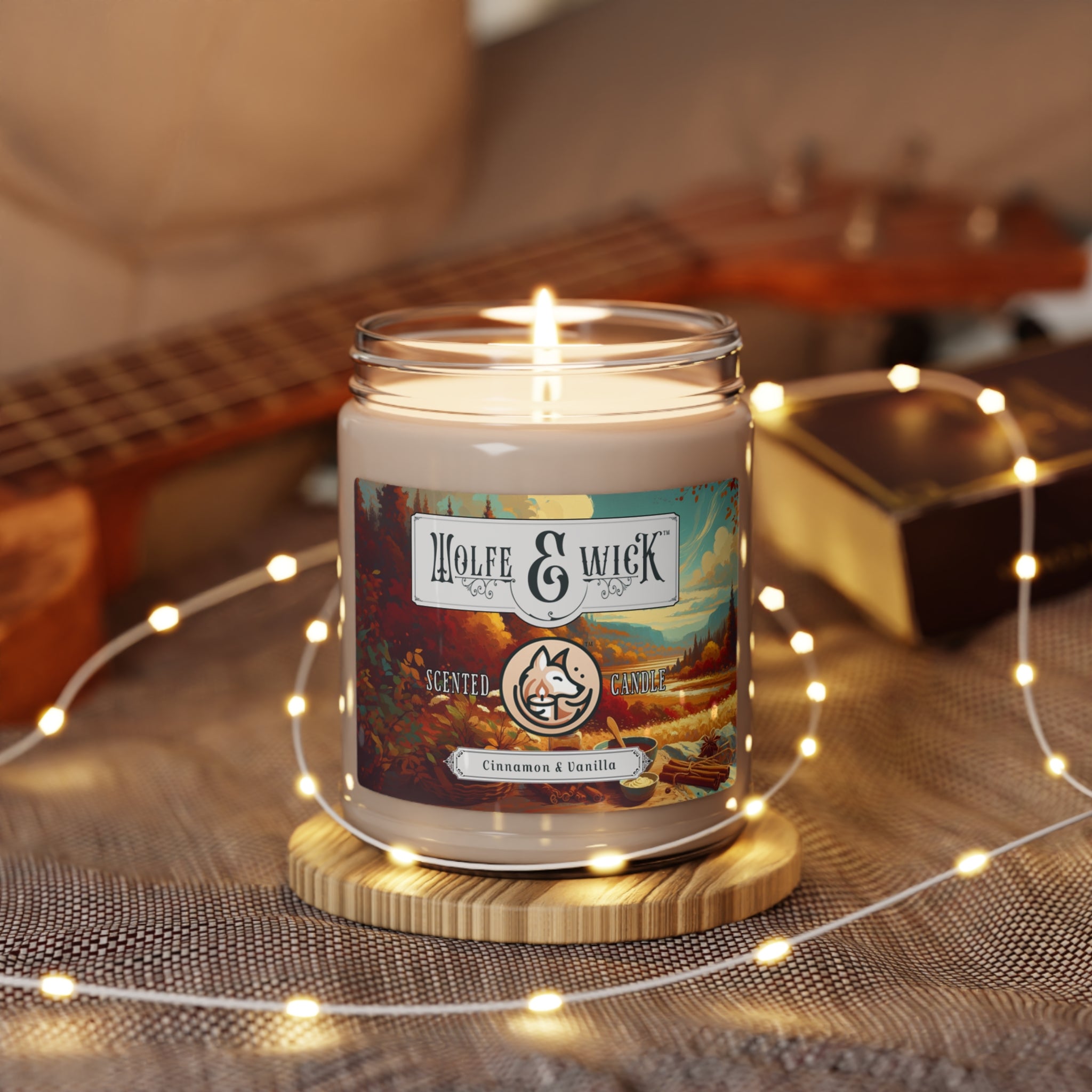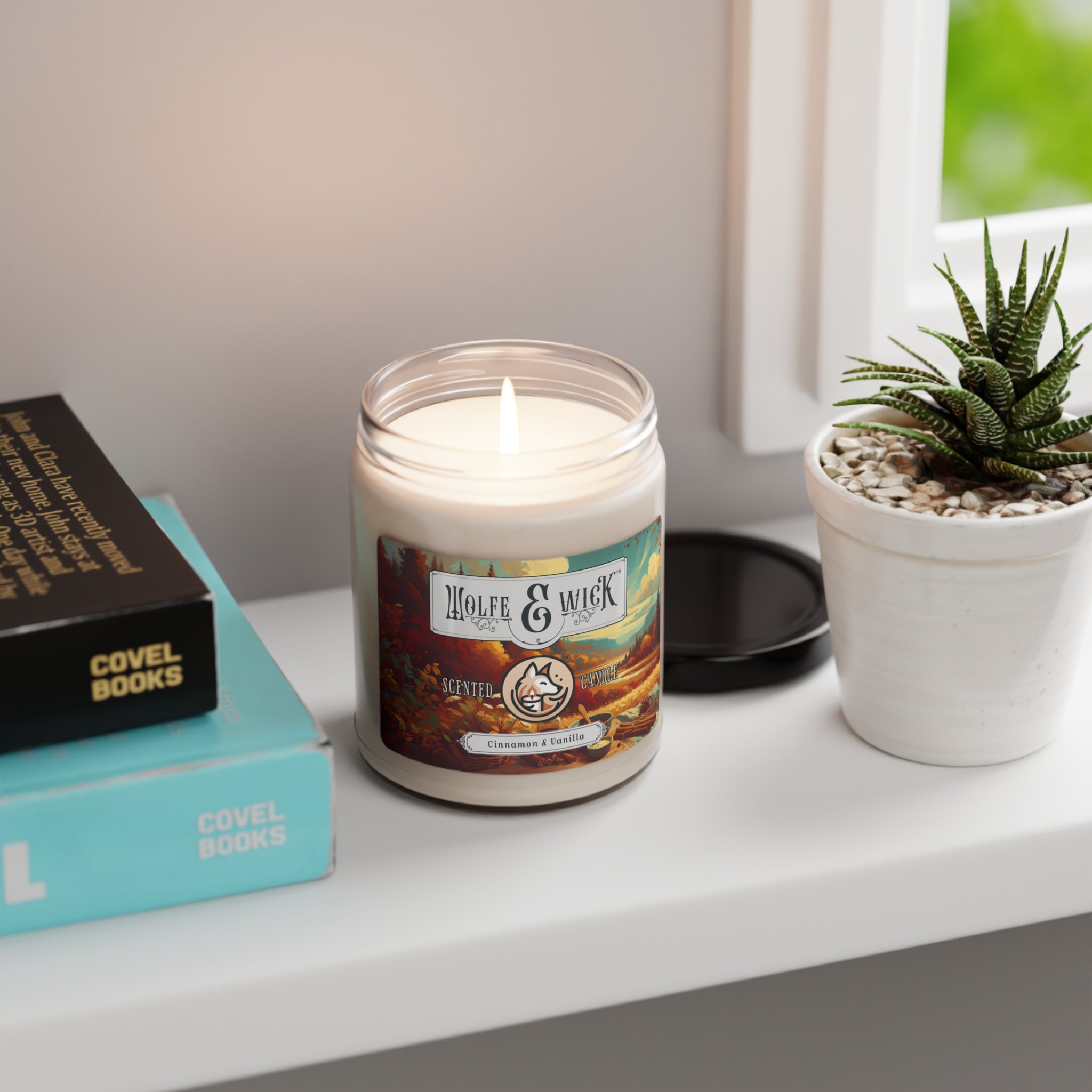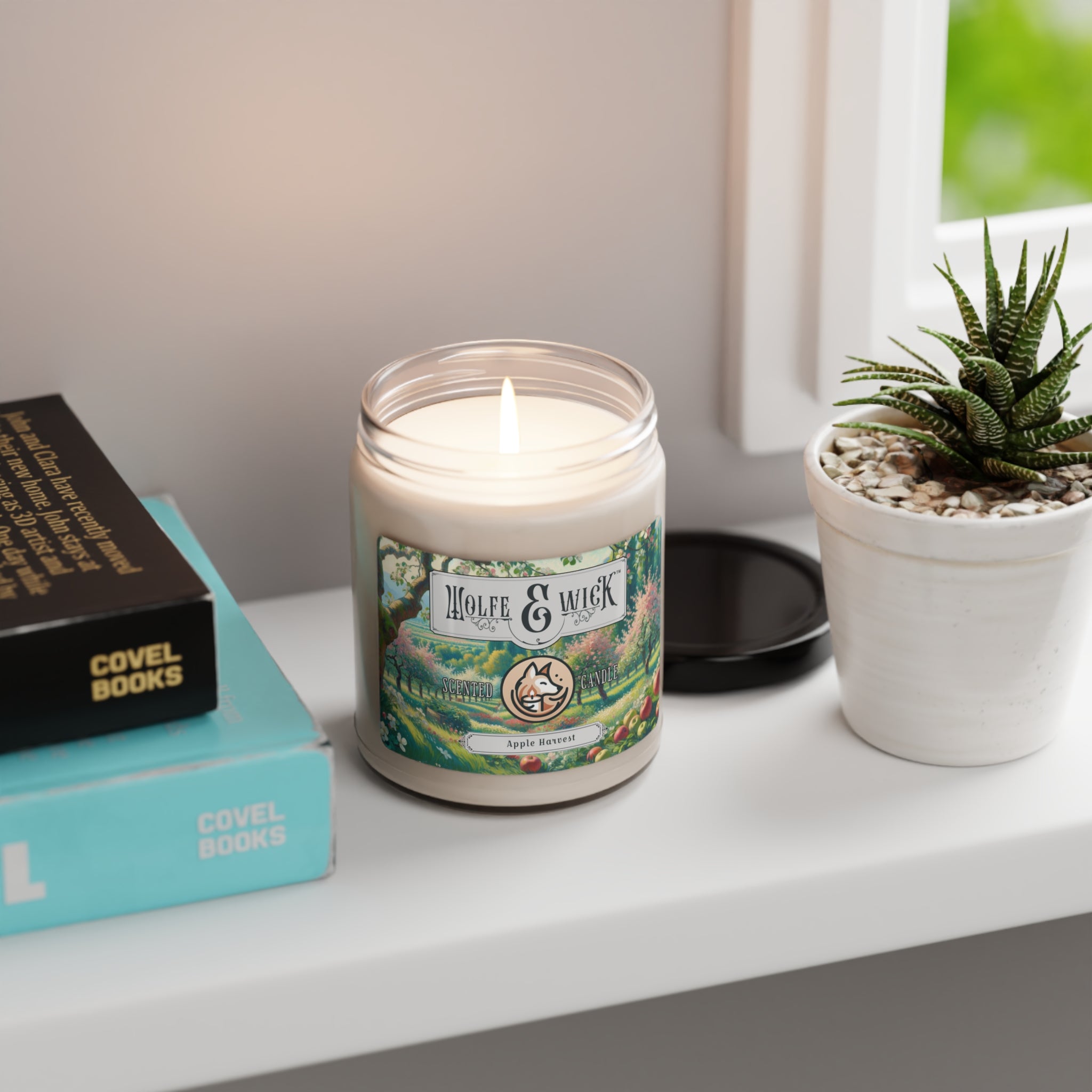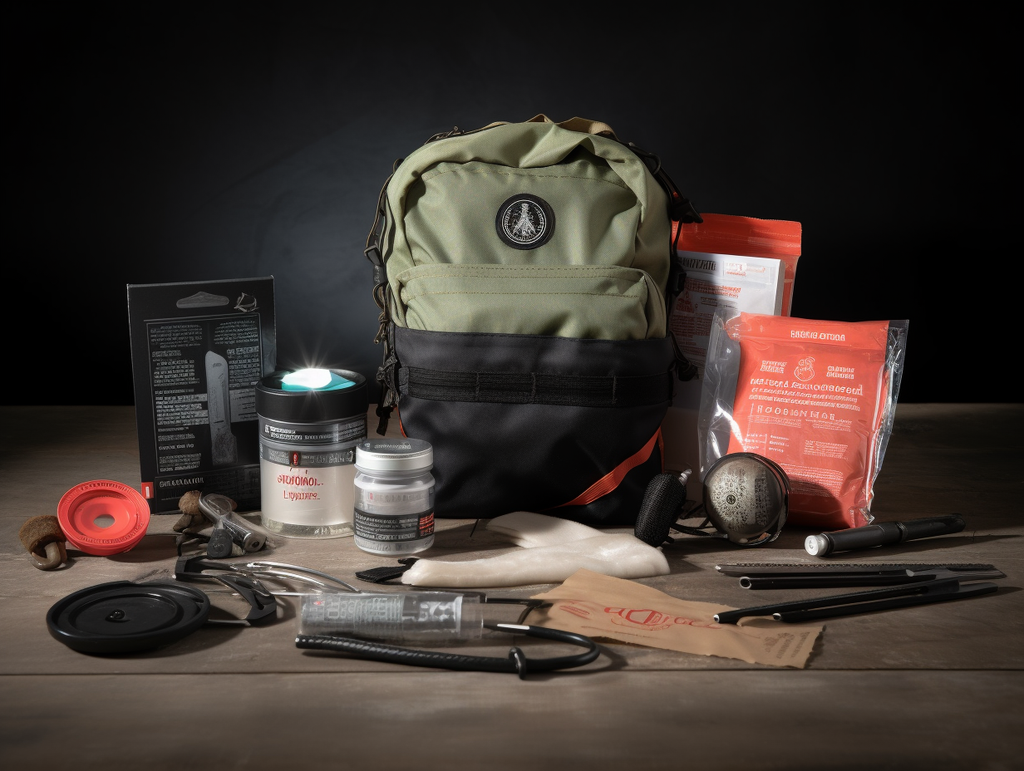
Emergency Preparedness 101: Building a Comprehensive Disaster Supply Kit

Being prepared for emergencies is essential to ensure the safety and well-being of you and your family. One of the most critical steps in disaster preparedness is assembling a comprehensive disaster supply kit. This kit should contain essential items to help you survive during a crisis. In this article, we'll guide you through the process of building your disaster supply kit, tailored to your specific needs and circumstances.
- Start with the Basics
Your disaster supply kit should contain the following basic items:
-
Water: Store at least one gallon of water per person per day for at least three days.
-
Food: Stock a three-day supply of non-perishable food items, such as canned goods, granola bars, and dried fruits.
-
Manual can opener: Don't forget a manual can opener for opening canned food.
-
Flashlight and extra batteries: Keep a reliable flashlight and spare batteries on hand for illumination during power outages.
-
First aid kit: Include a well-stocked first aid kit with bandages, antiseptic wipes, pain relievers, and other essential items.
-
Battery-powered or hand-crank radio: Stay informed with a battery-powered or hand-crank NOAA Weather Radio.
-
Whistle: A whistle can help you signal for help in case of emergencies.
- Add Personal Items
Consider the specific needs of your household and add these items to your disaster supply kit:
-
Prescription medications: Keep at least a one-week supply of essential prescription medications.
-
Glasses and contact lens solution: Include a spare pair of glasses and contact lens supplies, if needed.
-
Pet supplies: Don't forget food, water, and any necessary medications for your pets.
-
Important documents: Store copies of important documents, such as insurance policies, identification, and bank account records, in a waterproof container.
- Plan for Hygiene and Sanitation
Maintain personal hygiene and sanitation during an emergency with these supplies:
-
Moist towelettes, garbage bags, and plastic ties: These items can help maintain cleanliness and manage waste disposal.
-
Toilet paper: Stock a sufficient supply of toilet paper for your household.
-
Personal hygiene items: Include items like soap, toothbrushes, toothpaste, and feminine hygiene products.
- Include Tools and Supplies
Add essential tools and supplies to your disaster kit, such as:
-
Multi-tool or Swiss Army knife: These versatile tools can serve multiple purposes during an emergency.
-
Duct tape and plastic sheeting: Use these items to create a temporary shelter or seal windows and doors.
-
Matches or lighter: Store matches or a lighter in a waterproof container for fire-starting needs.
-
Cash and coins: Keep cash and coins on hand for emergencies, as ATMs and credit card machines may not be operational.
- Prepare for Changing Conditions
Consider the potential disasters in your area and include items to help you cope with these situations:
-
Warm clothing and blankets: Stock extra clothes, blankets, and sleeping bags for warmth during power outages.
-
Rain gear: Include ponchos or raincoats to keep you dry during storms.
-
Dust masks: Store dust masks to help filter contaminated air during fires, volcanic eruptions, or other incidents.
Conclusion
A comprehensive disaster supply kit is an essential component of emergency preparedness. By including the basic necessities, personal items, hygiene and sanitation supplies, tools, and items tailored to your specific needs, you'll be better equipped to face emergencies and protect your family. Review and update your disaster kit annually to ensure you're always prepared for the unexpected.
Keywords: emergency preparedness, disaster supply kit, survival, basic items, personal items, hygiene, sanitation, tools, supplies, changing conditions, safety, family, disaster planning.


